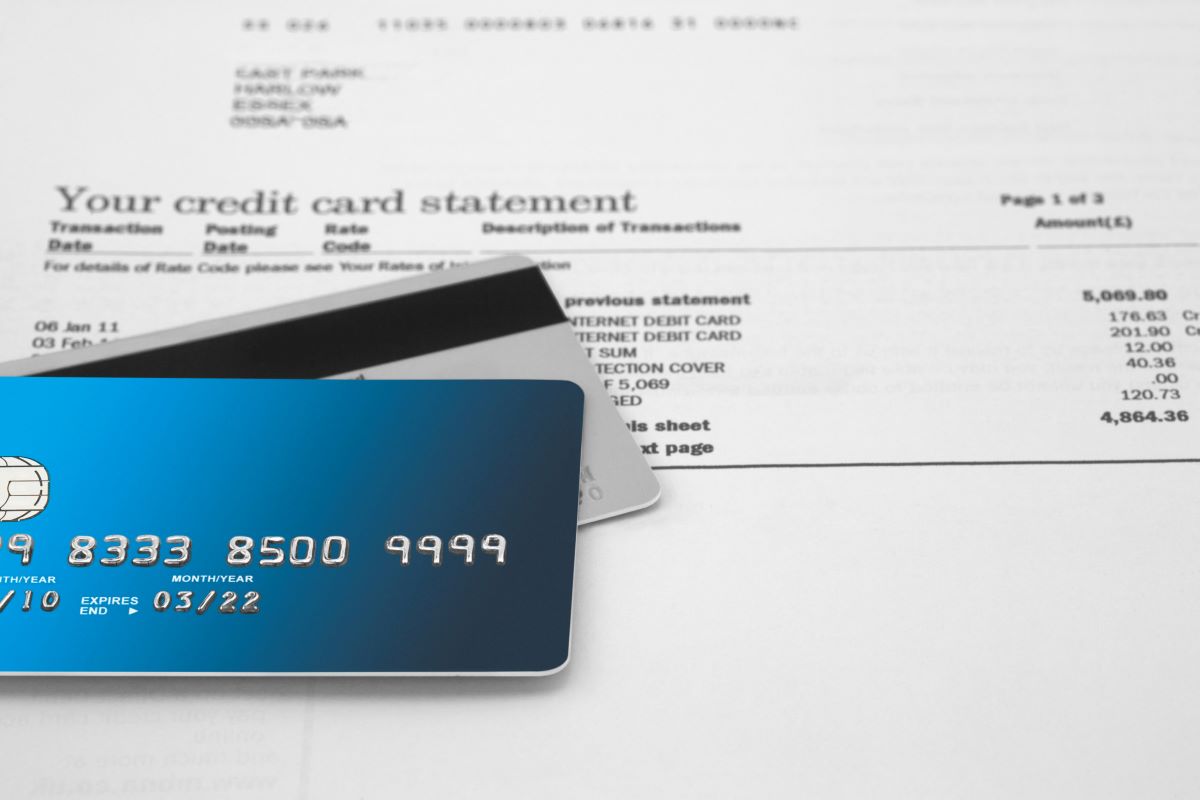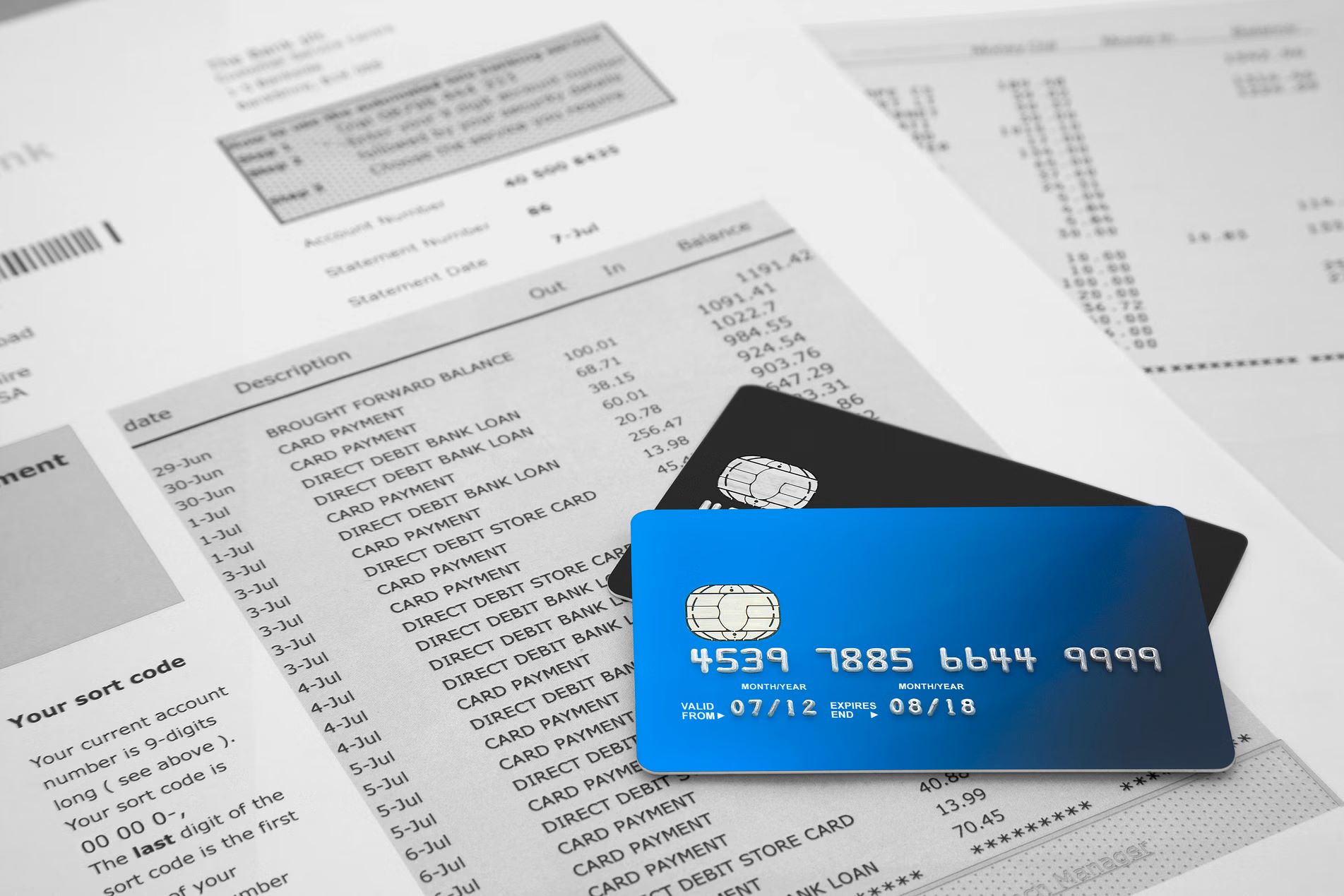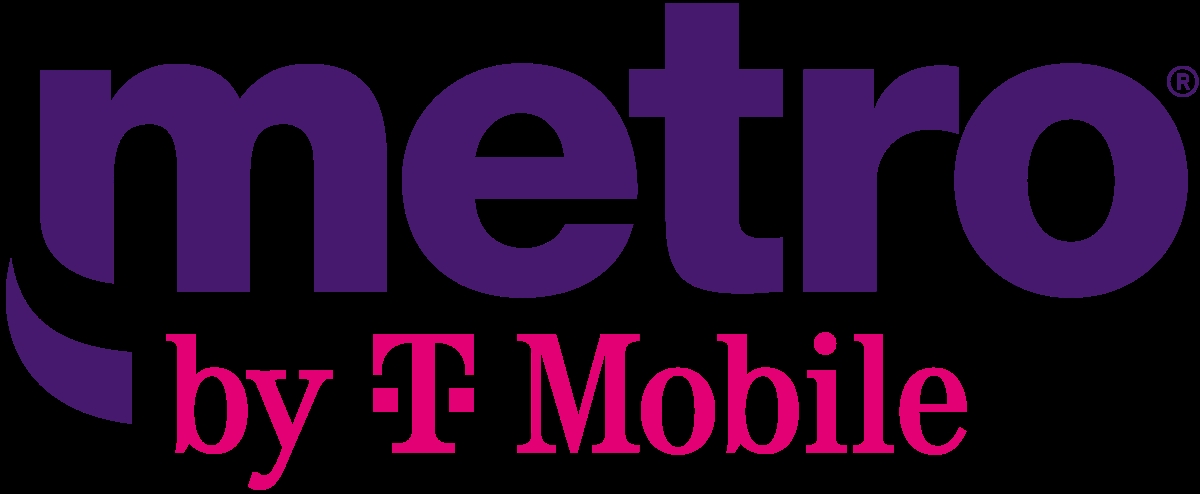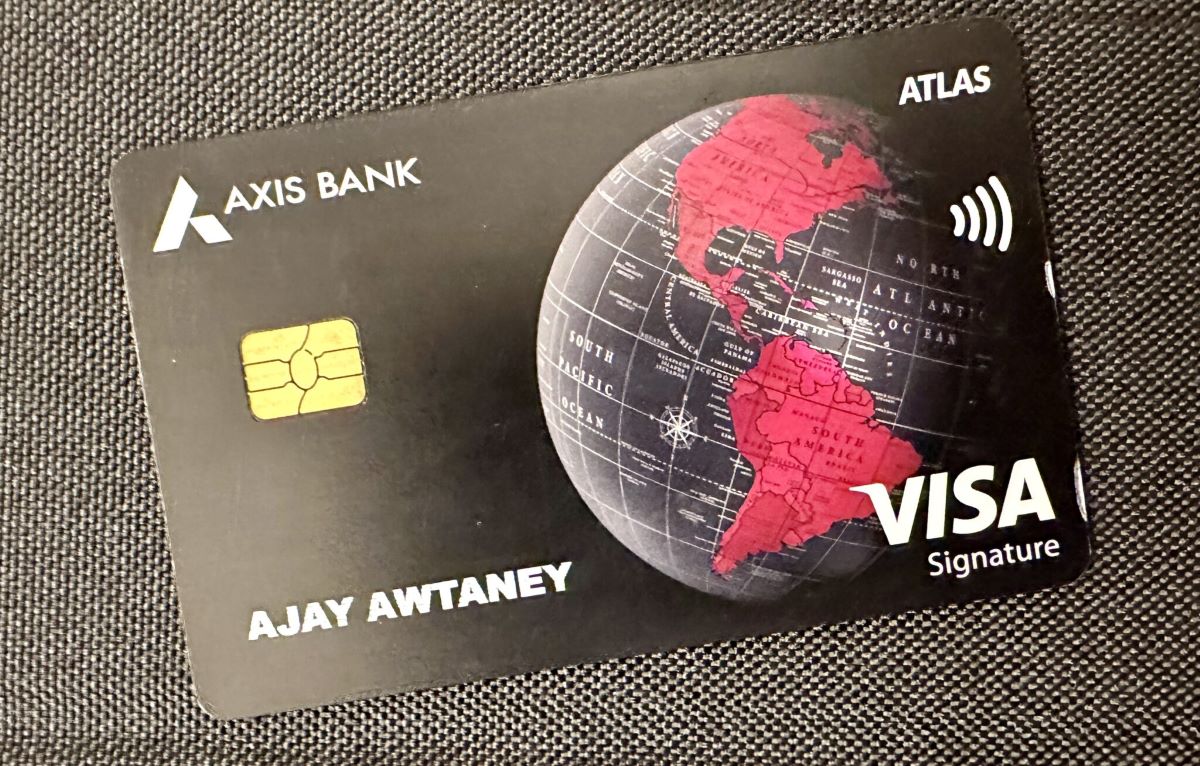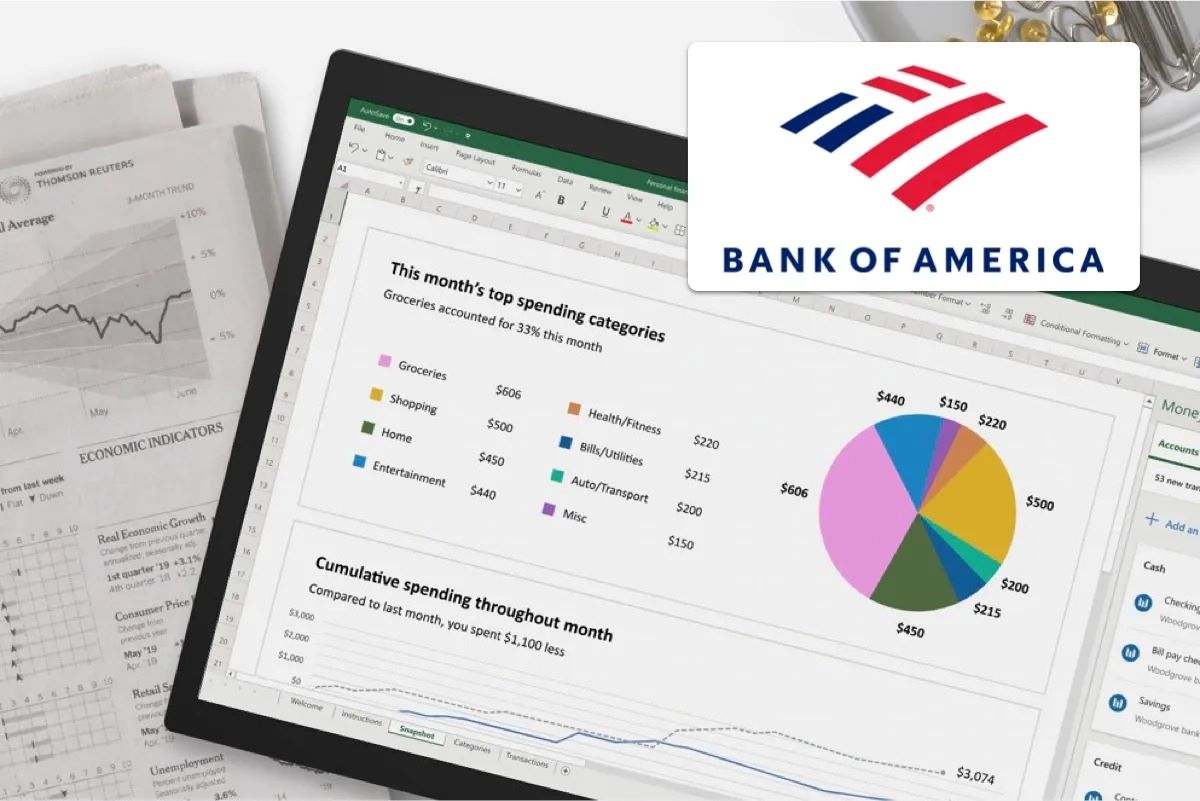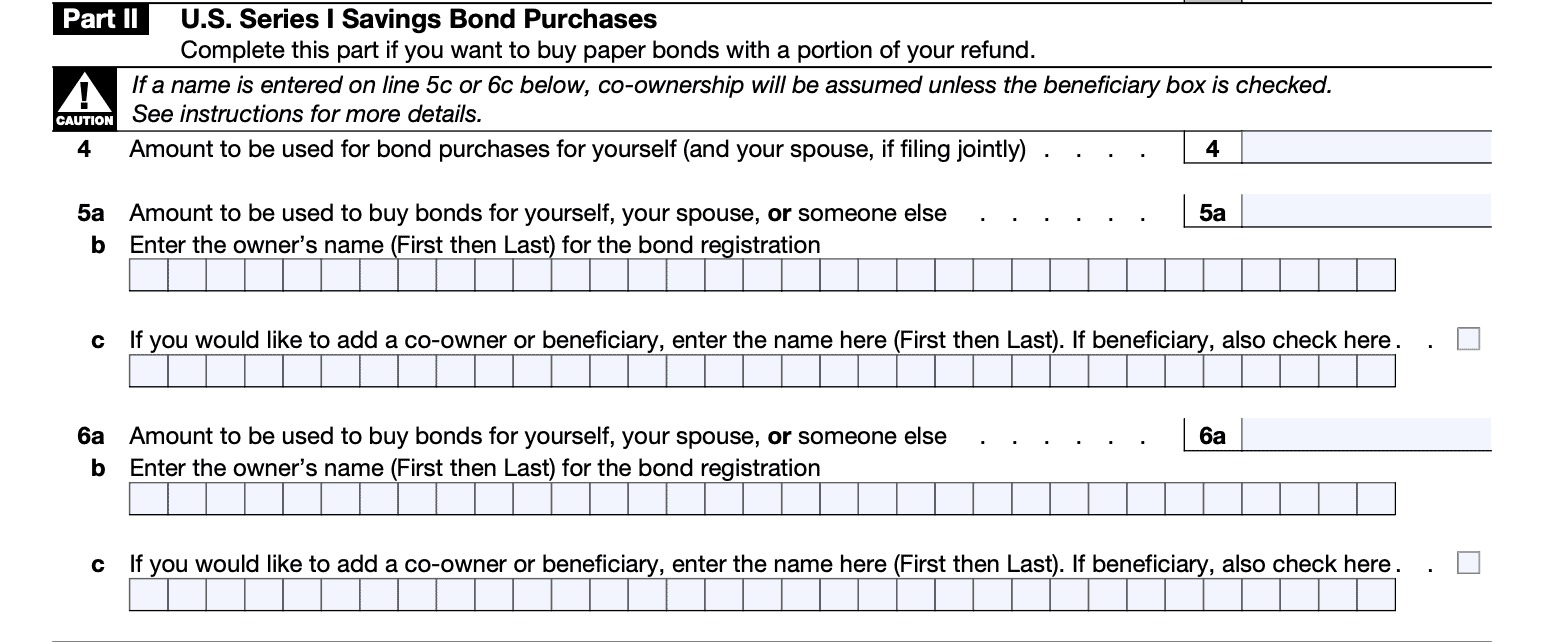

Finance
How To Change Billing Cycle On Credit Card
Published: March 7, 2024
Learn how to change the billing cycle on your credit card to better manage your finances. Discover step-by-step instructions for updating your credit card billing cycle.
(Many of the links in this article redirect to a specific reviewed product. Your purchase of these products through affiliate links helps to generate commission for LiveWell, at no extra cost. Learn more)
Table of Contents
**
Introduction
**
Credit cards have become an essential financial tool for many individuals, offering convenience and flexibility in managing expenses. One crucial aspect of credit card usage is the billing cycle, which determines the period for which transactions are recorded and the due date for payment. Understanding the billing cycle and knowing how to manage it effectively can significantly impact an individual's financial planning and credit score.
The billing cycle refers to the duration between credit card statements, typically lasting around 30 days. During this period, all transactions made with the credit card are recorded, and a statement summarizing the charges is generated at the end of the cycle. This statement includes the total amount due, minimum payment required, and the due date for payment.
It's important for credit cardholders to grasp the significance of the billing cycle, as it directly influences their financial obligations and credit utilization. Moreover, being aware of the billing cycle empowers individuals to make informed decisions about their spending patterns and payment schedules.
Understanding the billing cycle involves recognizing the start and end dates, the grace period for payments, and the impact of timing on interest charges. Additionally, comprehending the billing cycle is crucial for those considering changing their cycle to better align with their financial circumstances and preferences. In the following sections, we will delve deeper into the intricacies of billing cycles, explore the reasons for changing them, and provide a comprehensive guide on how to make this adjustment seamlessly.
**
Understanding Billing Cycles
**
The billing cycle of a credit card is a fundamental aspect of managing one’s finances effectively. It is essential to comprehend the key elements of billing cycles to make informed decisions regarding credit card usage and payment schedules.
Key Components of a Billing Cycle:
- The billing cycle typically spans around 30 days, during which all transactions made using the credit card are recorded.
- At the end of the cycle, a statement is generated, detailing the total amount due, minimum payment required, and the due date for payment.
- The start and end dates of the billing cycle are crucial for understanding the period during which transactions are accumulated and assessed for interest charges.
Grace Period:
Most credit cards offer a grace period, allowing cardholders to pay their outstanding balance in full without incurring interest. This period usually ranges from 21 to 25 days and begins at the end of the billing cycle. Understanding the grace period is vital for optimizing payment schedules and minimizing interest expenses.
Impact on Credit Utilization:
The billing cycle directly influences credit utilization, which is a significant factor in determining an individual’s credit score. By strategically managing the timing of purchases and payments within the billing cycle, cardholders can effectively control their credit utilization ratio, positively impacting their creditworthiness.
Interest Charges:
Transactions made towards the end of the billing cycle may have a shorter period before the payment due date, potentially resulting in higher interest charges if not paid in full. Understanding the implications of transaction timing within the billing cycle is crucial for minimizing interest expenses.
Statement Closing Date:
The statement closing date marks the end of the billing cycle and the date on which the statement is generated. It is essential to be aware of this date to monitor spending and prepare for the upcoming payment obligations.
By comprehending these key aspects of billing cycles, credit card users can effectively manage their finances, optimize their payment schedules, and make informed decisions about their credit card usage. This understanding forms the foundation for evaluating the need to change the billing cycle to better align with individual financial goals and preferences.
**
Reasons for Changing Billing Cycle
**
While the default billing cycle on a credit card may work well for many cardholders, there are several compelling reasons why individuals may consider changing their billing cycle to better suit their financial needs and preferences.
Aligning with Payday:
One common reason for changing the billing cycle is to align the due date with one’s payday. By synchronizing the credit card payment due date with the receipt of income, cardholders can ensure that funds are readily available to cover the payment, minimizing the risk of late payments and associated fees.
Cash Flow Management:
Adjusting the billing cycle can significantly impact cash flow management. Individuals may opt to shift the billing cycle to a period that aligns with anticipated major expenses or seasonal fluctuations in income, enabling better financial planning and budgeting.
Optimizing Grace Period:
Changing the billing cycle can allow cardholders to optimize the grace period, ensuring that they have ample time to review their statement, make necessary adjustments, and schedule payments strategically to minimize interest charges.
Credit Utilization Control:
For those aiming to maintain a low credit utilization ratio, adjusting the billing cycle to coincide with their lower spending periods can provide greater control over credit utilization, positively impacting their credit score.
Travel and Lifestyle Considerations:
Individuals with specific travel or lifestyle preferences may find it beneficial to change their billing cycle to better accommodate their spending patterns. For example, aligning the cycle with travel dates or specific monthly expenses can streamline financial management.
Financial Planning Flexibility:
Changing the billing cycle offers greater flexibility in financial planning, allowing individuals to tailor their credit card obligations to complement their overall budgeting strategy and financial goals.
By recognizing these reasons for changing the billing cycle, individuals can evaluate whether such adjustments align with their financial circumstances and preferences. Understanding the impact of a modified billing cycle on cash flow, credit utilization, and overall financial management is essential in making an informed decision regarding this aspect of credit card usage.
**
How to Change Billing Cycle on Credit Card
**
Changing the billing cycle on a credit card involves a series of steps that may vary depending on the credit card issuer. While not all issuers offer the option to modify the billing cycle, those that do typically provide a straightforward process for cardholders to make this adjustment.
Contacting the Credit Card Issuer:
The first step is to reach out to the credit card issuer, either by phone or through their online customer service portal. Cardholders can inquire about the possibility of changing their billing cycle and request information on the available options and associated procedures.
Understanding Eligibility Criteria:
It is essential to understand the eligibility criteria for changing the billing cycle, as certain restrictions or requirements may apply. Some issuers may impose limitations based on the cardholder’s account status, payment history, or the length of time the account has been active.
Providing a Valid Reason:
When requesting a change to the billing cycle, cardholders may be required to provide a valid reason for the modification. This could include aligning the cycle with their payday, addressing cash flow management needs, or accommodating specific lifestyle or financial planning considerations.
Reviewing Available Options:
Upon contacting the issuer, cardholders should inquire about the available billing cycle options. Depending on the issuer, there may be multiple cycle configurations to choose from, allowing individuals to select the one that best suits their requirements.
Completing the Request Form:
In some cases, the issuer may require the cardholder to complete a request form to change the billing cycle. This form typically includes personal account details, the desired billing cycle configuration, and the reason for the requested change.
Confirmation and Implementation:
Once the request is submitted, the issuer will review the application and notify the cardholder regarding the approval and effective date of the new billing cycle. It is crucial to adhere to any interim payment obligations and continue monitoring the account until the change is officially implemented.
Adjusting Payment Schedule:
Following the approval of the new billing cycle, cardholders should adjust their payment schedule accordingly. It is essential to be mindful of any transitional period during which the billing cycle may change, ensuring that payments are made in alignment with the updated cycle.
By following these steps and maintaining open communication with the credit card issuer, individuals can navigate the process of changing the billing cycle effectively, tailoring their credit card obligations to better suit their financial needs and preferences.
**
Conclusion
**
Understanding the intricacies of credit card billing cycles is essential for effective financial management. By comprehending the impact of billing cycles on payment schedules, interest charges, and credit utilization, individuals can make informed decisions regarding their credit card usage. The option to change the billing cycle provides a valuable opportunity for cardholders to align their credit card obligations with their unique financial circumstances and preferences.
Recognizing the reasons for changing the billing cycle, such as aligning with payday, optimizing cash flow management, and gaining greater flexibility in financial planning, empowers individuals to evaluate whether such adjustments would benefit their overall financial strategy. It is crucial for cardholders to communicate openly with their credit card issuer, understand the available options, and adhere to any eligibility criteria and procedural requirements when seeking to modify the billing cycle.
Ultimately, the ability to change the billing cycle on a credit card offers a practical means for individuals to tailor their financial obligations to better suit their lifestyle, budgeting preferences, and long-term financial goals. By leveraging this option thoughtfully, cardholders can enhance their financial flexibility, optimize their payment schedules, and maintain greater control over their credit card usage, contributing to a more holistic and empowered approach to personal finance.
As individuals navigate the realm of credit card management, the knowledge and awareness of billing cycles serve as valuable tools for making informed financial decisions and fostering a proactive approach to financial well-being. Whether adjusting the billing cycle to coincide with payday, streamline cash flow management, or gain greater control over credit utilization, the ability to modify this aspect of credit card usage can significantly impact an individual’s financial journey, paving the way for enhanced financial stability and empowerment.

